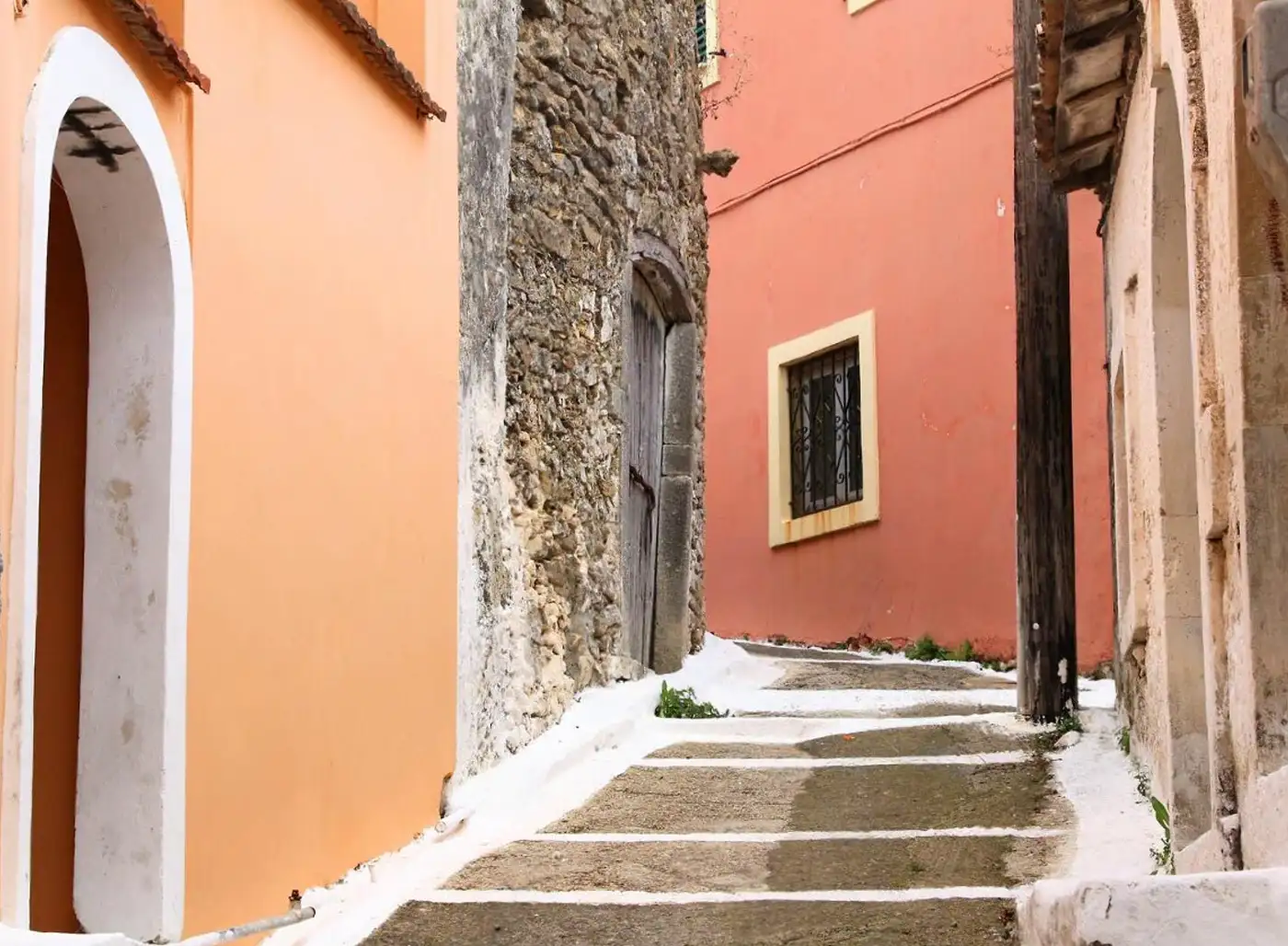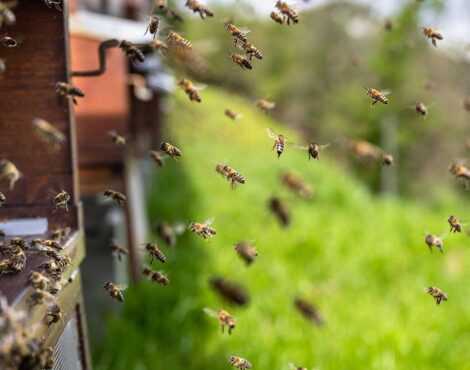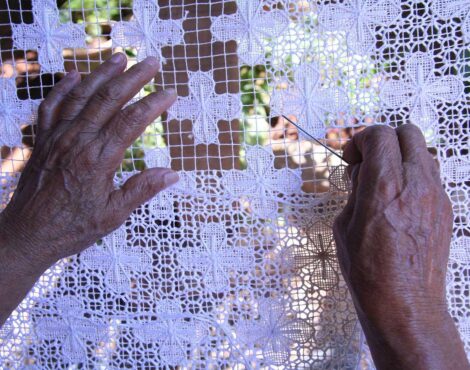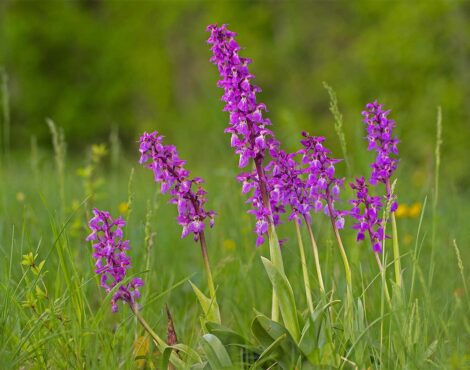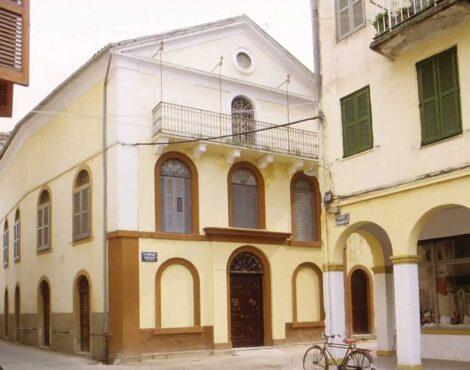Life in the 21st century has evolved significantly and now represents a very different reality, even when compared to just a few years ago. Corfu, and more specifically some of its villages that remain largely untouched by tourism, stand as notable exceptions to this modern rule. The famed island of the Phaeacians has for many decades captured the attention of travelers due to its unique beauty, rich culture, and historical depth. However, there are still many unknown places and villages across the island that remain largely in obscurity, quiet and unspoiled, maintaining a traditional character that continues to this day. This, in turn, directly influences the lives and daily rhythms of their inhabitants.
To discover some of these lesser-known settlements and to gain an understanding of the daily life of their residents, one must explore various regions of the island, from the northern parts all the way to the southernmost areas. Across the length and breadth of Corfu, you’ll find an opportunity to witness how modern Corfiots live away from the influence and consequences of tourism. While it’s often said that villages far from the urban center offer a distinctly different lifestyle to their inhabitants, this isn’t always universally true. Still, when examining villages such as Giannades, Velonades, and Kritika, certain interesting and telling characteristics begin to emerge.
The residents of these villages are often engaged in agriculture or are employed by local businesses whose core operations are tied to farming or livestock. It becomes evident that many locals have returned to the land, the same land that, in earlier times, was the foundation of human survival and livelihood. The daily routine usually begins early in the morning, just as the first light of day breaks across the horizon. From that moment until late in the afternoon, most villagers are occupied with their professional and household duties.
Many women in these villages continue to uphold roles similar to those of the past. The traditional image of the woman who does not work outside the home but remains there to care for children and the broader family still exists today, albeit in a more modern and evolved form. Today’s women in these communities are active participants in local life. They take part in all the cultural events and are recognized as autonomous and vital members of the village. Their involvement reflects a balance between tradition and progress.
Children growing up in these villages also demonstrate different behaviors and habits compared to their urban peers. Their exposure to technology is noticeably less frequent and less prolonged. Their free time is often filled with physical activities, outdoor play, and community interaction. Whether in the narrow alleyways of their neighborhoods, on the basketball or football courts, or in the open fields of the countryside, their days are shaped by connection, creativity, and simplicity.
One classic activity that brings villagers together is the afternoon walk. Many groups, from young people to the elderly, take advantage of their free time with light exercise or short explorations, using the walk as a way to relieve the stress and burdens of daily obligations. Especially in the summer months, the afternoon walk becomes more than just a form of physical movement, it becomes a social ritual. It is a kind of communal gathering and bonding experience, one that is increasingly rare in the large cities and modern urban centers.
As night falls, the village comes alive in its own unique way. People of all ages, from young children to the elderly, gather in the local squares and traditional cafés. There, they share stories, engage in conversation, and create an atmosphere of relaxation and well-being. These evening gatherings form unforgettable memories for those lucky enough to experience them, even once.

